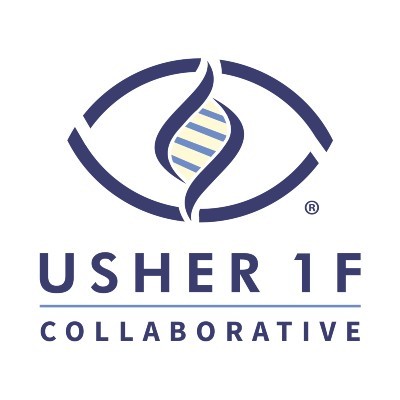How Far We Have Come and How Far We Have to Go
When we began Usher 1F Collaborative in December 2013, we had $2000 in the bank and one researcher who had Usher 1F as a future initiative. Our initial goal was the development of an animal model on which to test potential new treatments. Five years later, we now have two animal models a zebrafish and a mouse, both of which share all three human Usher 1F traits, deafness, poor balance, and progressive vision loss, and six research groups actively working on a cure at academic medical centers that include the University of Oregon Institute of Neuroscience, the University of Maryland, the University of Iowa, Harvard University, the University of Western Australia, and the Centre for Eye Research Australia, with a research group at the University of Pittsburgh eager to join us as well. We have identified three potential pathways to a cure, drug treatment, gene therapy, and stem cell transplantation, and are funding research in all three areas. Our first gene replacement therapy is nearly ready to be tested in our mouse model.
We reached another milestone this year with the awarding of our 2018 grants in May, surpassing the $1 million mark in Usher 1F Collaborative provided research funding. The good news continued as the team at the Centre for Eye Research Australia obtained a substantial grant from the Australian government specifically for Usher 1F vision research, and a Harvard researcher, whom you will read about in this newsletter, obtained substantial funding to develop gene therapy for Usher 1F. All of these initiatives combined now equal over $3 million in research to cure the vision loss of Usher 1F.
How You Can Help
We have made great progress, but our work is not yet done and will not be done until every person with Usher 1F can see and can continue to see for a lifetime. Our investigators are working on multiple paths to a cure, but their pace and scope of work are limited by our ability to fund their programs and recruit new investigative teams. Our most immediate needs are, first, $200,000 to have our University of Oregon team perform a drug throughput screen to test multiple drugs, including some that are already FDA approved for other uses. If one or more are identified as effective on our zebrafish, then testing on humans, especially for those drugs that are already FDA approved, would be the fastest path to a treatment. Second, we want to bring on board a new researcher from the University of Pittsburgh who has developed a unique and effective way of delivering our large gene. She has submitted a proposal that will cost $100,000 to fund. This total of $300,000 is above and beyond the work that we are already funding and that we need to continue to fund in order to maintain our progress.
With your support, we can maintain and grow our momentum so that our team will be closer to ensuring that no child born with this disease will face a future of blindness, and no adult will live in darkness. We are eager to see what the next five years will bring and invite you to be part of the cure.

